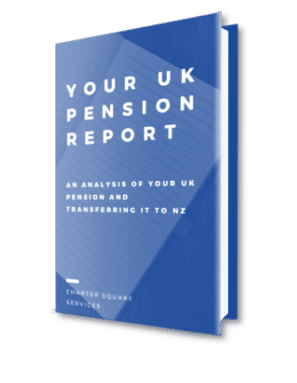Overlooking the formula method for tax on pension transfers is dangerous.
If you have been in New Zealand for longer than four years and want to transfer a UK pension (or any overseas pension) then you have tax pay on the transfer.
There are two methods for calculating the tax if you have a contributory pension scheme (not a final salary pension), these are the “Formula Method” and the “Schedule Method”. The great news is that you get to use the one that gives you the lowest taxable income.
The schedule method is really easy to understand. Simply work out the number of years that you have been in New Zealand and then look at a table that gives you a percentage. Multiply that percentage by your transfer value and that’s what you need to declare as taxable income.
The formula method is more complex but can be more rewarding
The formula method is more complex. But in lay terms seeks to tax the value difference between your pension four years after you arrived in New Zealand and the date you transfer it to New Zealand.
Because all these calculations need to be done in New Zealand dollars the results can be favourable depending on when you arrived in New Zealand due to vagaries of change rates. The NZD:GBP exchange rate has wildly lurched between NZD3.68 and NZD1.68 over the last 20 years. Because it has been rooted toward the low end over the last 5 years the formula method has come to the fore.
Even though investments have often gone up over time the exchange rate has knocked the stuffing out of those gains. The usefulness of the formula method is shown in the graph below. When the performance of the FTSE100 is adjusted into NZD (by simply multiplying it by the exchange rate) it shows that there has not been a linear curve up over time (which is what the schedule method implies). Instead it shows FTSE100 in NZD values have been similar too or greater than what it is now. This proxy calculation means that the formula method could be giving a way better tax result.

Your position under the formula method is an exact science
You need to know your previous fund value, current fund value and relevant exchange rates (as well as making sure that the funds are comparing like with like). That is why we recommend that you seek our professional guidance and get our report on your UK pension, which will outline and calculate your tax obligations under both the formula and schedule tax methods.



